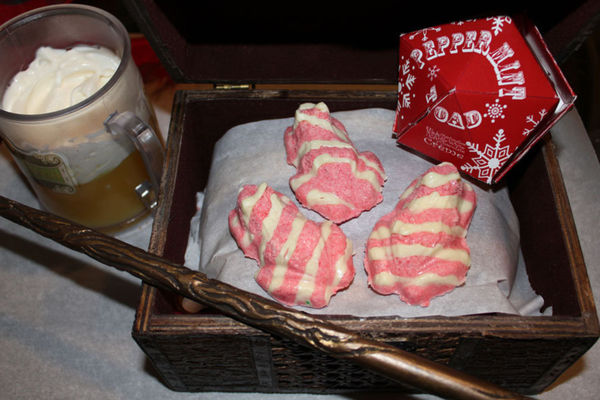Make a fictional food
Design and assemble a fictional snack using safe edible ingredients or craft materials, invent flavors and decoration while practicing creativity and basic measuring skills.



Step-by-step guide to make a fictional food
How To Make A Fruit Salad - Learn Letters, Colors - Educational Videos For Kids -Preschool Learning
Step 1
Clear a clean table and place your plate and all materials within easy reach.
Step 2
Decide whether you will make an edible snack or a pretend craft snack and tell an adult.
Step 3
Pick one base item such as a cracker a slice of bread or a cookie and place it on your plate.
Step 4
Write down two flavors you want to try and one decoration idea on your paper.
Step 5
Use measuring spoons or a small cup to measure 1 tablespoon of spread and 1 teaspoon of a mix-in.
Step 6
Put the measured spread and mix-in into your small bowl and stir them together with your spoon.
Step 7
Spread the mixed flavor onto your base evenly using the spoon.
Step 8
Add your decorations by sprinkling edible sprinkles or sticking craft stickers if you made a pretend version.
Step 9
Give your snack a fun name and write down two imaginary ingredients or magical powers it has.
Step 10
If edible take one small bite and describe the flavor out loud or if craft show your snack to a family member and describe it.
Step 11
Put any leftover edible ingredients away in a container or in the fridge.
Step 12
Wash your small bowl and spoon with soap and water with adult help if needed.
Step 13
Wipe your table and throw any trash in the bin.
Step 14
Share a photo and description of your finished fictional snack on DIY.org
Final steps
You're almost there! Complete all the steps, bring your creation to life, post it, and conquer the challenge!


Help!?
What can we use if we don't have measuring spoons, a small bowl, or the specific spreads listed?
If you don't have measuring spoons, use a regular tablespoon or a small cup to approximate the 1 tablespoon and 1 teaspoon called for in step 5, swap the small bowl for a mug or plate in step 6, and replace the spread or mix-in with similar pantry items like jam, yogurt, hummus, or cocoa powder when choosing your base in step 3.
The mix-in won't blend or the spread won't go on smoothly—how can we fix that?
If the spread and mix-in from step 6 are too thick to stir or too lumpy to spread in step 7, add up to 1 teaspoon of water, milk, or oil and stir until smooth, then use the back of the spoon to press and even it onto your cracker, bread, or cookie base.
How can we adapt the activity for younger or older children?
For younger kids pre-measure the 1 tablespoon and 1 teaspoon portions and let them do simple spreading and decorating in steps 5–8 with supervision, while older kids can create more complex flavor mixes, write a full recipe and imaginary backstory in step 10, or compare edible and craft versions across steps 2–9.
What are some ways to extend or personalize the fictional snack project?
You can personalize the activity by cutting your base into shapes with cookie cutters in step 3, adding color or texture to the mixed spread in steps 5–6, inventing extra magical powers or ingredients in step 10, and making a short photo story to share on DIY.org in step 13.
Watch videos on how to make a fictional food
How to Make a Fruit Salad Step by Step | Summer Sequencing & Writing Activity for Kids
Facts about creative cooking for kids
📏 Measuring matters in recipes — a teaspoon is about 5 ml and a US cup is about 240 ml, so careful measuring helps your snack turn out the way you want.
🧪 Molecular gastronomy is all about using science to change textures and flavors — chefs use the idea to create playful dishes (leave advanced tools to grown-ups).
🍭 People have been making candy-like treats for thousands of years — ancient cultures coated fruit in honey to preserve and sweeten it.
🌽 Popcorn is one of the oldest snack foods: Indigenous peoples in the Americas were popping corn long before modern snack factories existed.
🎨 Sprinkles (also called "hundreds and thousands") were invented to add bright color and fun texture — tiny decorations make snacks look magical.
How do I help my child design and assemble a fictional snack step-by-step?
What materials and ingredients do I need to make a fictional food with my child?
What ages is designing a fictional snack suitable for?
What safety tips should I follow when kids make imaginary food?


One subscription, many ways to play and learn.
Only $6.99 after trial. No credit card required



